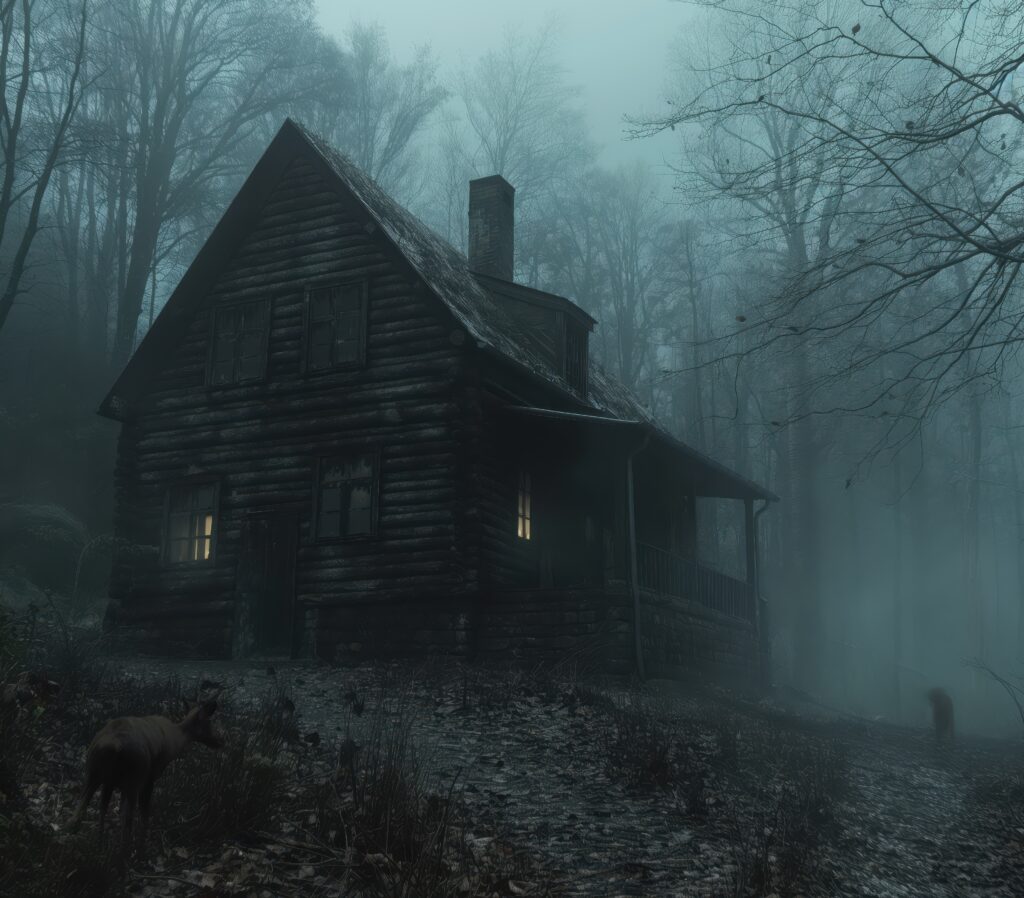Why is My Chimney Leaking?
As winter approaches, the last thing you want is your chimney leaking. Not only can it lead to water damage and mold, but it can also compromise the efficiency of your fireplace. If you’ve noticed water stains, dampness, or dripping from your chimney, it’s crucial to address the issue promptly.
At Best Chimney Services, our priority is to help you find the root of your chimney issues and provide you with a solution that will be done timely. If you’re noticing your chimney leaking, don’t hesitate to call us. Waiting on this issue could lead to dangerous and costly problems. Now, let’s explore the common causes of chimney leaks and why booking a professional inspection, especially before winter, is essential.

Common Causes of Chimney Leaks
- Damaged Chimney Cap: The chimney cap is designed to keep excess water and debris out of your chimney. If it’s cracked or missing, water can easily enter. Regular inspections can help catch this problem early.
- Flashing Issues: Flashing is the metal material that transitions the chimney roof and the roof. Good chimney flashing is important because if it’s improperly installed, damaged, or corroded, it can allow water to seep in.
- Cracked Masonry: Over time, the bricks and mortar of your chimney can crack due to weathering or temperature changes. These cracks can become entry points for water.
- Worn Sealants: If the sealants used on your chimney’s surface or flashing have degraded, they may no longer provide adequate protection against moisture.
- Improper Ventilation: Poorly ventilated chimneys can trap moisture, leading to leaks and potential mold growth inside your home.
How to Address Your Chimney Leaking
Now that you know some of the common causes, here are the steps to effectively address the issue:
Identify the Source
The first step is to determine where the leak is coming from. Look for water stains on the walls or ceiling around the chimney, and inspect the chimney cap, flashing, and masonry for any visible damage. A professional chimney technician will help find the source.
Schedule a Professional Inspection
It only makes sense to book an appointment with a certified chimney technician. They can conduct a comprehensive assessment to identify hidden issues and recommend the best course of action. This is especially important if the leak has persisted or if you see signs of mold or structural damage.
Repair or Replace Damaged Components
Depending on the inspection results, a technician may need to repair or replace various components of your chimney:
- Chimney Cap: If the cap is cracked or missing, replace it to prevent rain and debris from entering.
- Flashing: Ensure that the flashing is properly installed and in good condition. If it’s damaged, it may need to be resealed or replaced.
- Masonry Repairs: Fill in any cracks or gaps in the bricks and mortar using a high-quality masonry sealant. For larger cracks, you may need to consider professional masonry work.
Apply Sealants
Once repairs are made, applying a water-repellent sealant to the chimney’s exterior can provide added protection against future leaks. Make sure to choose a sealant that is specifically designed for masonry and compatible with your chimney material.

Ensure Proper Ventilation
To reduce moisture buildup in the chimney, ensure it is well-ventilated. This can involve clearing any obstructions and checking that your chimney’s flue is functioning correctly.
Regular Maintenance
After addressing the leak, schedule regular chimney maintenance to keep an eye on potential issues and prevent future water damage in your chimney. Annual inspections and sweepings can help catch problems before they become significant.
Book Your Chimney Appointment Today
Understanding the common causes of chimney leaks and taking proactive steps, such as booking a professional inspection and applying sealants, can save you time and money. Don’t wait for winter; take action now to protect your home and enjoy a cozy, leak-free fireplace all season long!
The post Why is My Chimney Leaking? appeared first on Boston's Best Chimney.


 Avoid Unnecessary Repairs
Avoid Unnecessary Repairs Explore Different Repair Options
Explore Different Repair Options



